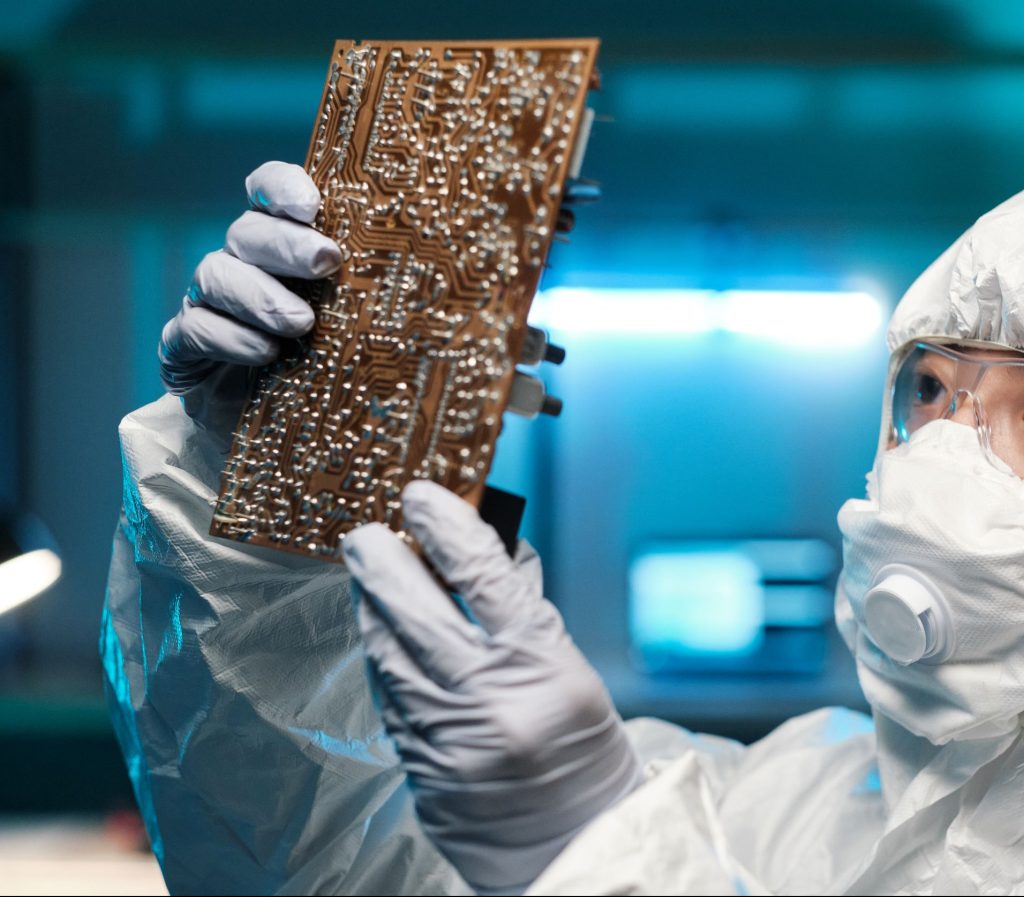Gaining insight into Substances of Very High Concern in a circular economy
The Dutch government is aiming for a fully circular economy by 2050. In this economy, raw materials are reused over and over again so that there is as little waste as possible. However, reused materials can contain harmful substances. It is therefore important to know whether the reused product or recycled material is safe for people and the environment.
An example of harmful substances are substances with properties of very high concern (SVHC). For example, they can cause cancer or hinder reproduction. Sometimes materials and products contain SVHC that are now banned. If these products or materials are reused or recycled, they can be released and remain in circulation.
It is not easy to obtain a complete overview of SVHC in products or materials. There are many types of SVHC that are found in many different materials and products. The RIVM has developed a plan for a method to identify the risks of SVHC in a circular economy. This method can be used to analyse where in ‘the chain’ of production, use and waste processing SVHC can be found and where they cause risks. These insights can be used to visualise how the government and the business community are (or can be) committed to processing materials safely. Two examples (polystyrene in homes and mineral oil in food packaging) have been developed to test the method.
Policymakers can use the method to formulate policy for the circular economy. The RIVM recommends developing the final monitor together with policymakers and the business community. This increases the chance of guaranteeing safe reuse.
Other relevant publications
Environmental impact and health risk assessment of potentially toxic metals from e-waste
Assessment of the environmental impacts and health risks of potentially toxic metals from different activities related to e-waste processing
Directive hazardous substances in EEE 2011
This Directive lays down rules on the restriction of the use of hazardous substances in electrical and electronic equipment (EEE)
Recommendations for tackling fires caused by lithium batteries in WEEE
Research and recommendations for the prevention of fires caused by batteries and WEEE containing batteries







